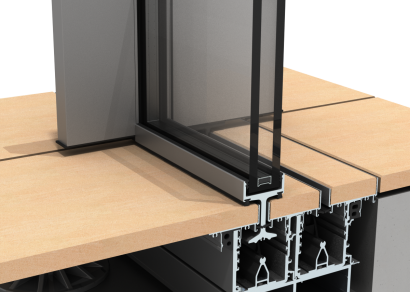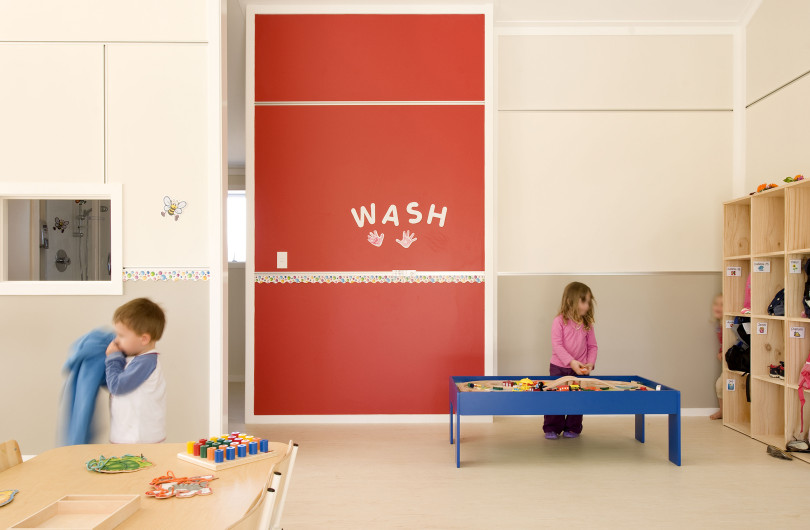There is no doubt that we have a bit of a perfect storm at present; a buoyant construction industry but supply line problems due mainly to Covid–19 impacts combined with a few local supply disruptions. The media has painted a negative spectre of this, drawing a connection with the prospect of building failure in the future through the use of inappropriate products used instead of the originally proposed products “stuck somewhere in a container.” While this is a risk, it is one that can be adequately mitigated by good process.
There are two main aspects to consider; contractual and compliance. MBIE has issued specific guidance on product substitution which provides a good framework to consider a substitution.
Contractual aspects are quite simple; do you have the approval of the owner to make a change? Most contracts use the building work documented in the plans and specifications as the contract deliverable. If you need to change anything in the plans and specifications make sure the owner agrees with the change. This is made easier by explaining the need for the change, in the current circumstances the options can be set out clearly; either delay the project or make the change to the product. Don’t limit this to product changes that will be noticed by the owner! And make sure that the changes are documented and agreed by both parties including the answer to the obvious question — will it be cheaper or more expensive? For small changes a text exchange is probably adequate but more significant changes need more formal documentation.
While some changes have no impact on compliance (for example bedroom door handles and most floor finishes), most do have an impact. In theory the compliance aspect is one that follows contractual change but in some instances they need to be considered together — it is no good agreeing to a change that does not comply with the Building Code. Changing a product is a change to the building consent (as the building work is defined in the plans and specifications). The way that our Building Act works is that the code compliance certificate (which is often used as a contractual deliverable) is a statement that the work complies with the building consent. Therefore, to get the CCC what is built must match the consent (and the plans and specifications) hence the importance of the product change being recorded and approved in the consent process.
There are two types of changes to a consent. A minor variation or an amendment to the consent. A minor variation is a change that can be processed either by an inspector/building official on site or back in the office and does not involve the need for formal changes to the consent as long as the changes are documented and approved. Ideally these are approved quickly and if anticipated early need not involve a delay to the work until approval is given. Amendments are more formal and the Act gives the council up to 20 working days to process them.
In order to decide whether a change is a minor variation there are two key document: the Building (Minor Variations) Regulations 2009 and MBIE Guidance on minor variations
The Guidance outlines outlines a process for evaluating whether something is a minor variation or not. This process is:
Does the proposed change:
- Comply with the Building Code
- Reflect common appropriate industry practice or standards (for example, drainage or roof truss ‘as-built’ plan)
- Not significantly increase the likelihood of a building element’s performance failure or of damage to other property?
If the answer to each of those three questions is ‘yes’, then it will generally be appropriate for the BCA to grant the minor variation.
If it is not a minor variation to the consent then this Guidance Issued by MBIE is useful in considering how to present the application for amendment in a way that should facilitate a speedy approval.
As in all matters relating to building consents the key messages remain: provide good clear information so that whoever makes the decision knows what is being changed, the implications of the change and the evidence to support a change as being compliant.
Through Building Confidence Ltd, I provide building regulatory advice on matters relating to the requirements of the NZ Building Act including its regulations like The Building Code and associated documents — such as acceptable solutions and verification methods.
Visit www.buildingconfidence.nz or contact me on [email protected] to learn more.




























 Most Popular
Most Popular Popular Products
Popular Products



